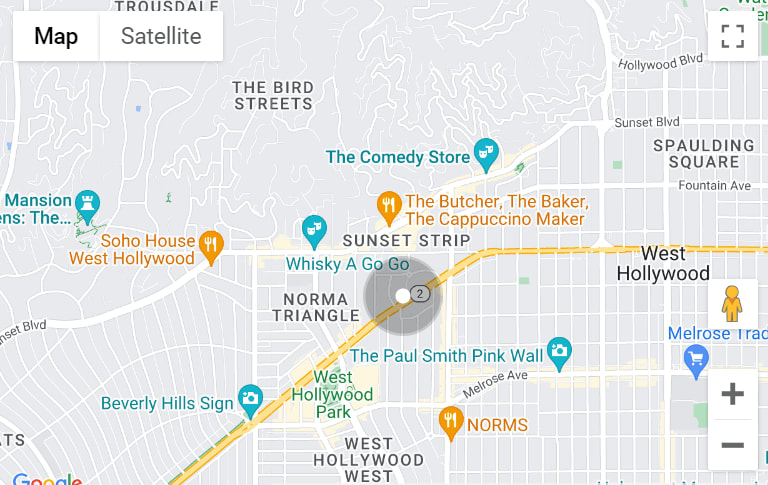What takes place during a septic inspection?
I mentioned in the previous blog post that septic tanks should be pumped out every few years, due to build up of solids at the bottom of the tank. It's surprising to know how many times property owners simply forget the recommendation. Many years can go by without any attention being paid to the system at all. It’s as though some folks just don’t want to know what goes on down there!
When either a Buyer or a Seller needs a septic inspection for a real estate transaction, one of the local Residential Environmental Health Specialists (REHS) is called upon. The REHS will visit the County Permit Department to copy file information related to the septic system, then will schedule a pumping company to empty the tank at the time of the inspection. Armed with the information on file, the REHS and the pumper convene at the property with me for the inspection. The main steps taken during an inspection are as follows:
- Locate the tank - Systems installed after 1972 should have a permit on file, but sometimes there is no formal record at the County showing the location of the tank and leach field. Many were simply buried underground, and the location of the tank and distribution boxes were unmarked and forgotten. If the pumper and/or inspector can’t locate the tank using a probe, the next step is to send a scope or “mouse” from the cleanout - if there is one, and from a toilet if not - through the line to locate the tank. Once a buried tank is located, the pumper, and possibly the REHS as assistant, will dig to locate the two lids on the top of the tank (see photo). Newer or upgraded systems have fiberglass risers, making the entire process much smoother for everyone. The fiberglass risers and lids mark the location and provide access to the tank lids below ground level.
- Empty the tank - Once the two septic tank lids are removed, the pumper empties the tank into his giant pumper truck using a suction hose. The cost for the pumper's services includes delivery of the waste to a disposal facility, is based on the number of gallons pumped from the tank, and is determined by the amount he is charged for the dump fee.
- Inspect the tank - The REHS uses a flashlight and mirror on the end of a pole to examine the interior and around the edges of the tank carefully, including the T-shaped baffles at the inlet pipe, on the wall between the chambers, and at the outlet pipe.
- Test the leach field - The REHS performs the “load test” by sending 150+/- gallons of water through the outlet pipe. If the water from the hose is accepted by the system and no effluent is seen “daylighting” nor saturated soil in the leach area, the leach field passes the test.
- Pre-Treatment? - If there is a pre-treatment tank, that tank is also pumped, the filter is cleaned off, and the control box is checked.
- Engineered System? - If this is an engineered system, the inspection includes the electronic control system, alarm system, monitoring wells and all other possible components of the treatment layout.
Once the inspection is complete and the REHS is paid for services rendered, an evaluation report is issued for use during the real estate transaction. The report includes “findings” and any recommendations from the REHS for repair or upgrade. Sellers often order the inspection prior to marketing the property, so it can be provided to the Buyer as a disclosure. Doing so may allow for repairs to be made before the property is listed, saving time and negotiation headaches.
As remarkable as septic systems are, they need occasional maintenance. Attention to these important features of life in the country can add years to the life of the tank, the leach field and electronic components, if any. It can also prevent nasty clogs, backups, and complete failure of the system or the escrow!
